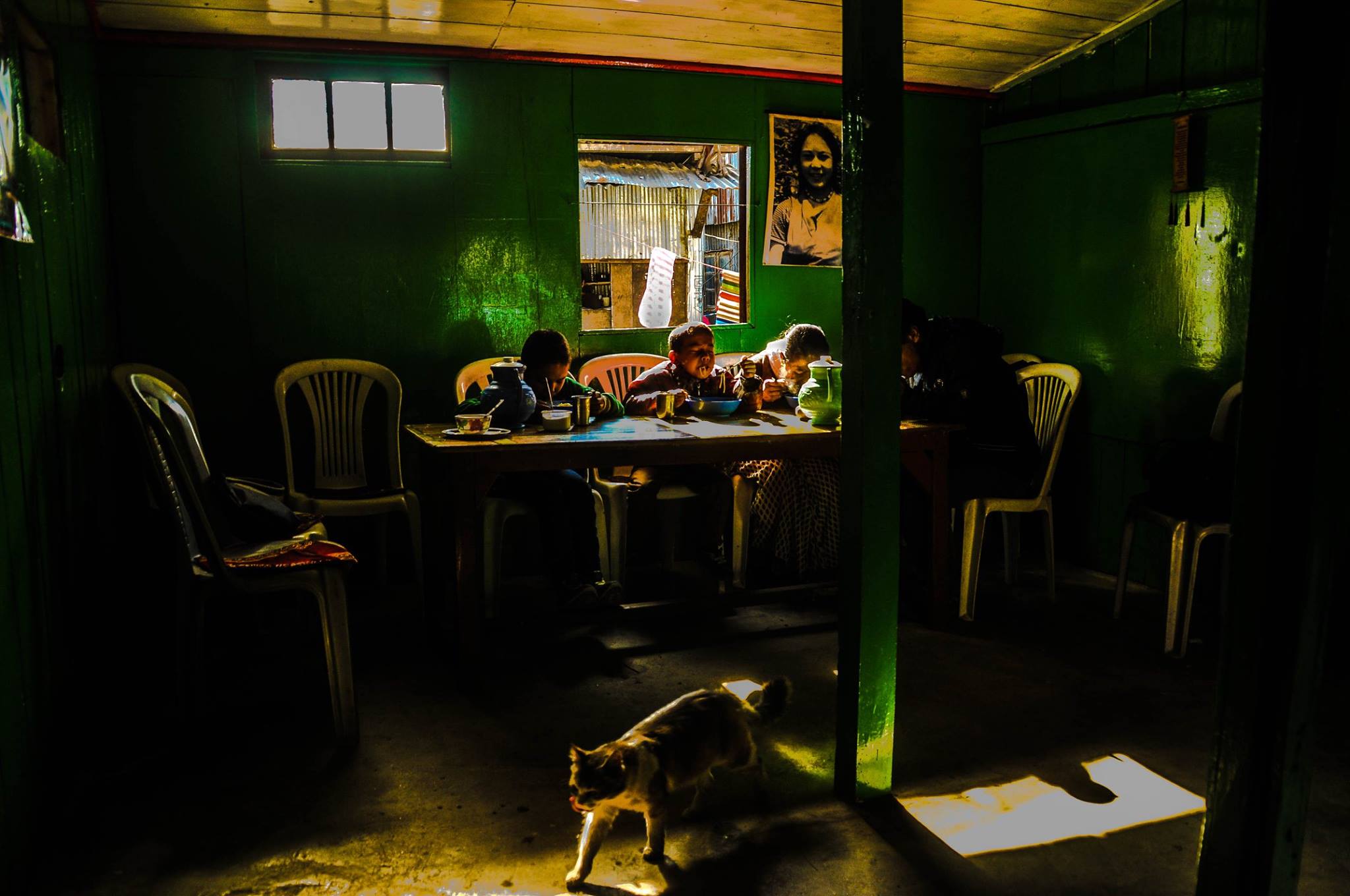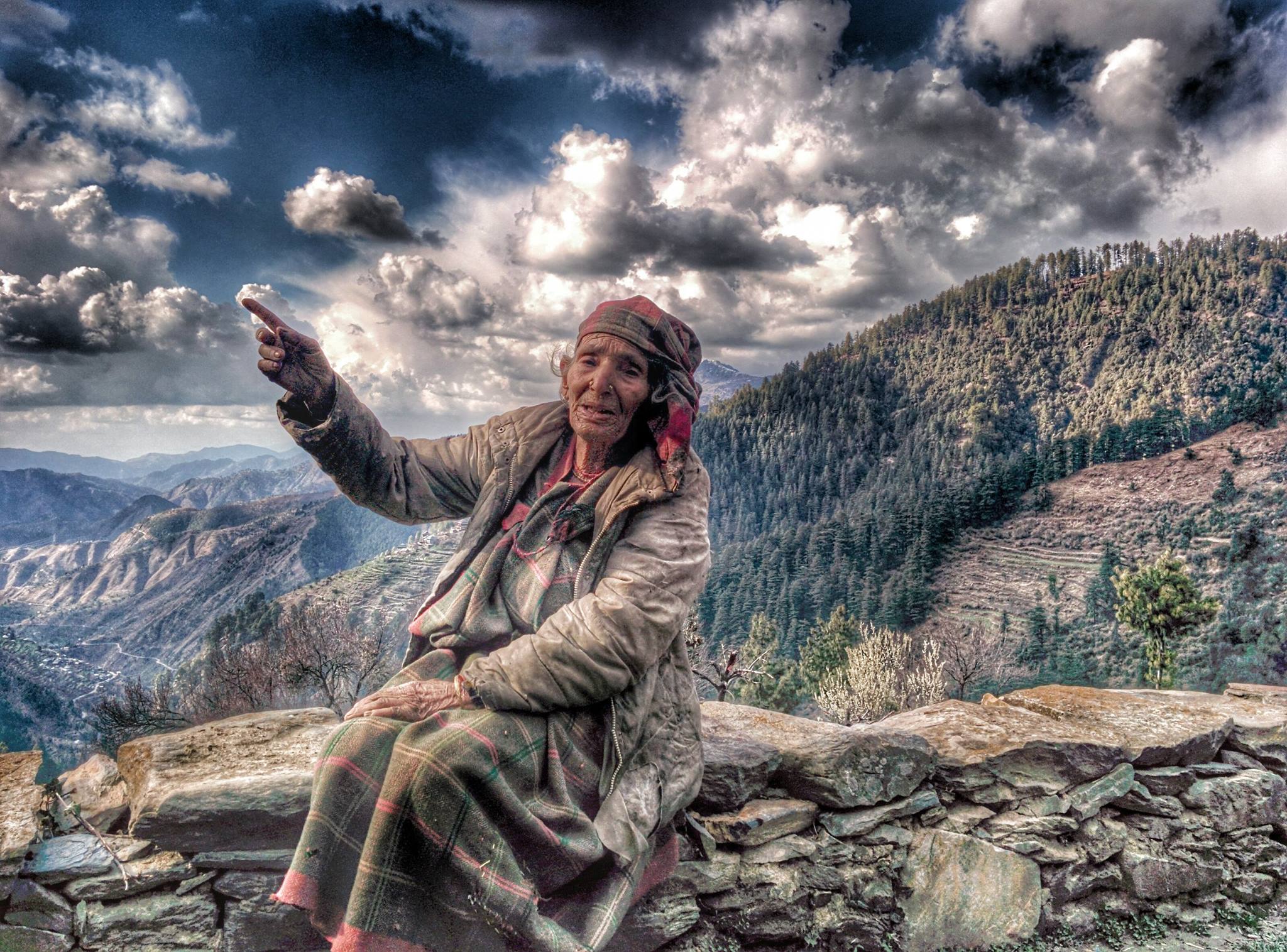We all have struggled to click pictures the way we see them on internet these days or some bit closer to it, isn’t it? I have, and miserably failed at it. I tried and tried, bugged a lot of my friends including the ones who aspire to become photographers and I have finally become relatively better than I was.
I am sharing this post for all of you out there who want to click good pictures. These are tips and advice right from my friend and an accomplished photographer – Vinayak Harshvardhan. A friend of mine who also inspired me to explore Varanasi. Inspired by his photos and description I began my search for tranquility in the elaborate of Kashi.
Let’s begin with utmost basic question.
1. How do you click pictures? Do you just see something interesting and click or there is much to photography?
Well, this is the easiest and at the same time, hardest question. In my opinion, photography is a process where you evolve as a person. Once you take on photography, it changes you. It nourishes you with patience, vision, perception and creativity. You fall in love with weathers, grass, clouds and everything you see through your frame.
For many it is as simple as looking at something, pressing the trigger and CLICK, you get a photograph. But for many of us, there is more to it. You look, you analyse your want, figure out the subject, remove any distractions, check for exposure, see if rule of thirds is better, see if you can experiment and the most important think about what would be different if you never clicked that frame. It’s very important to realise when you press the trigger that that frame is immortal and you’ve stolen a moment. Every picture has a story; the art is to find it before you click it.
Today we walk around with iPhones (undoubtedly they are pretty good), but its not the lens or body that makes a picture. It’s YOU, and you alone. You need to realize this if you see yourself as a good photographer someday.
2. Know your equipment, knowing your weakness can be your strength.
It’s important to know your gear. You cannot go to war with a gun you don’t’ know how to operate. What would James Bond be if he had incomplete knowledge of how his gadgets work? Technically, he would be James Bond, but we wouldn’t know him.
Assume you have a DSLR. What do most people do? Put it on auto mode? Now, assuming you have a phone. What is your first thought? What could you possible do with it? A Big NO. This sort of attitude will not help in developing skills to photograph. Don’t blame your weapon ever.
For people who own DSLR’s – get out of Auto Modes. Start with Shutter priority. Every colour is made from Red Blue Green; they are the atoms of Photography Universe.
Let me explain your with a metaphor. Your camera is like a room with a window (Shutter), its bright outside because of the sun. Now, to get a picture with good balance of light is to get good amount of light in the room. Once you open the window the light is to come in the room.
The three basic components of photography are ISO, Shutter Speed and F-stop.
If it’s less light outside, to absorb more light we open the window for a longer period. This is how shutter speed works in DSLR’s. Now, if you can’t keep window open for a long period (No tripod) what are the other alternatives?
We can increase the size of Window? The F-Stop. This determines how big your window is. The lesser the numerical value, the bigger the window is. So, aperture (window) size at f5 is bigger than f8.
Now, another scenario is where you can neither keep shutter open for long nor can you increase aperture size. How do we get more light then? We increase the sensitivity of light, say if in 10 seconds I was getting 100cd of Light, I increase the sensitivity of my camera sensor and multiply whatever light I am receiving. So, ISO 200 is twice the light and ISO 400 is 4 times.
All the three strings (shutter, ISO and F-stop) which are pre requisite to balance a picture, comes with certain cons.
Shutter: Keeping shutter open for a long time, may result in blurring and loosing sharpness. So, to use shutter for a long exposure, it is always advised to keep the camera stable and use a tripod (preferably).
ISO: With great ISO comes Great Noise in the picture. Noise is a technical term we use to define the “pixelated grain”. This is the kind of thing we see on images generally taken from phones at night.
F-stop is related to depth of field (DOF). Now this is a boon in disguise, sometimes, when we take portraits and want the background blurred. In technical terms, we are asking for a shallow depth of field. Now, the bigger the aperture’s size is – the more blurred background you will get.
To get a well light photograph, it becomes important to reach equilibrium with these three equations. A settlement point where you get a well light picture. While you have now successfully obtained a well lit picture, there are things like composition, white balance etc which are required for a good picture. Let’s keep that discussion for sometime later.
3. Conventional way vs experimenting
Do you put masala in Maggie with water, mix it and then cook or you cook Maggie for a bit and then put masala in it. We face these situations everyday and it depends upon your preference. Many great photographers do not appreciate experimenting with particular shots. So, if you sending pictures for competitions, good chances judges might not be same happy with picture as you. But, how long can you resist? Most of us don’t follow the rules because we don’t know the rules.
Trying to describe it here won’t be of much help. You will forget it even even you finish reading this post entirely. Instead, I am leaving a few of them here – go and explore it by yourself.
Rule of Thirds
Sunny 16 Rule
Desert 22 Rule
Leading Lines
Overcast 8
4. Know your goal
It is as simple as this – If I am holding a knife I should know whether it is to cut vegetable or cakes or slit few throats. So, to be really productive with photography you need to know why you like it and what you like about it. Not that the photos or camera will complain about it, but you won’t feel the same zeal photographers derive out of it. You will soon get bored and your camera would be lying in some corner, forever.
5. Few tips
Always shoot in RAW. 100’s have said it millions have repeated it; I am going to do the same. Always shoot in raw. If I was camera manufacturer I would delete all other options and just keep RAW and put #dealwithit.
Composition: Understand this as much as you can. The better the composition is, more attractive and catchy your picture is going to look.
Experiment: I would say go ahead and experiment. Do what you think you should. It’s kind of “me time” with photography.
Thanks for reading all the way. I am extremely happy to share this post with you written by Vinayak Harshvardhan. He is a law student, president of O.P. Jindal Photography club and aspires to become a travel photographer.
A little bit more about him, he is a winner at Odyssey 2014 (IIIT Delhi), Chanel V 2014, Tatva 2014 (NIT Kurukshetra), LBSMT Photography Competition 2014 and Kairos 2014 (NLU Delhi).
Exhibitions: Hindu College and Gargi College
Finalists at HIPA 2015 (the Hamdan Bin Mohammed Bin Rashid Al Maktoum International Photography Award), 100 Art Photos (35mm photo) and 25 Photographers under age 25 (Campus Diaries)
Published in The Sun, (upcomming issue) (North Carolina, US) and The East Bay Review (North California, US)
You can leave a comment for him or follow him on Instagram (@roamingindia). Here are a few of his clicks











thatguywithstories
Thursday 2nd of June 2016
Oh boy, what a bunch of images.! I would love to be coached on how to use the point and shoot cameras...I have one of them..Chhavi, may be you should write a series of posts on PS photography
mrsdaaku
Tuesday 7th of June 2016
Thank you so much! Yes, I am planning to do a series on photography. Do let me know if you want something specific
Johna
Tuesday 31st of May 2016
Such beautiful photos! Love the photos with amazing bright colors. I've always been a big fan of photography! The clown kind of scared me! Hahaha.
mrsdaaku
Tuesday 7th of June 2016
The clown is kinda my favourite! Now that you have told me it looks scary, it reminded me of Conjuring.
Zwitsy
Tuesday 31st of May 2016
Wow, the images you have here are pretty awesome! I've been looking for guidelines on how to enhance my photography and this post gives me ideas on how I certainly improve my way of capturing images!
mrsdaaku
Tuesday 7th of June 2016
I am glad this helped you. Do let me know if you were looking for something specific and I will try and incorporate it into my next post
momi berlin
Tuesday 31st of May 2016
The colors are so vivid and clear. The photos speak of their own stories. Thank you for the tips. Will surely be a great help esp those starting photography.
Srdjan @ Mygiftfor.com
Monday 30th of May 2016
There are lot of approaches to photography, but I think two of them are most interesting because they are totally opposite each other, Journalism and Art. Main purpose of photography in Journalism is to catch a thing or an life at moment and show it life as possible.. Post processing is very short. Art photography is more about is all about creating emotion, so post processing becomes a big part of this.